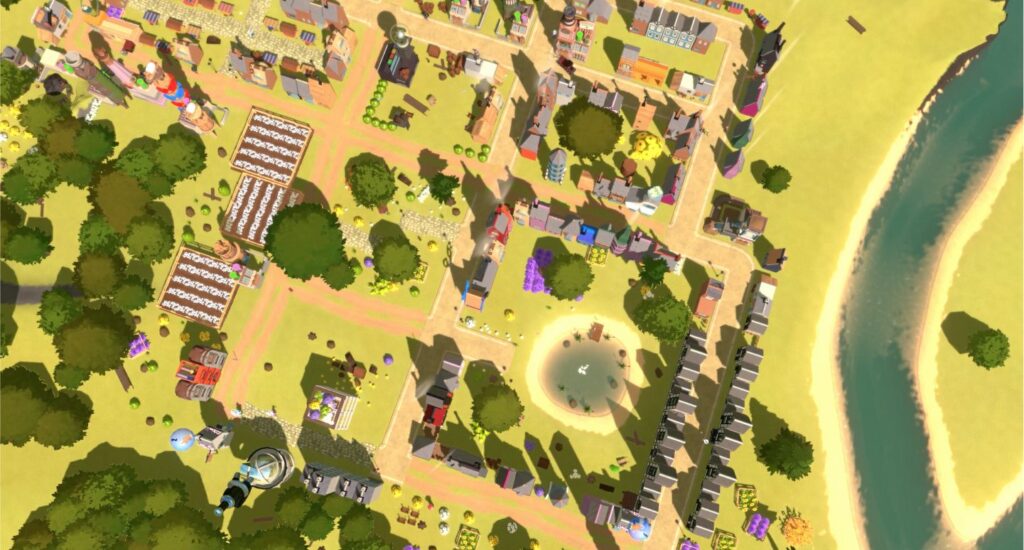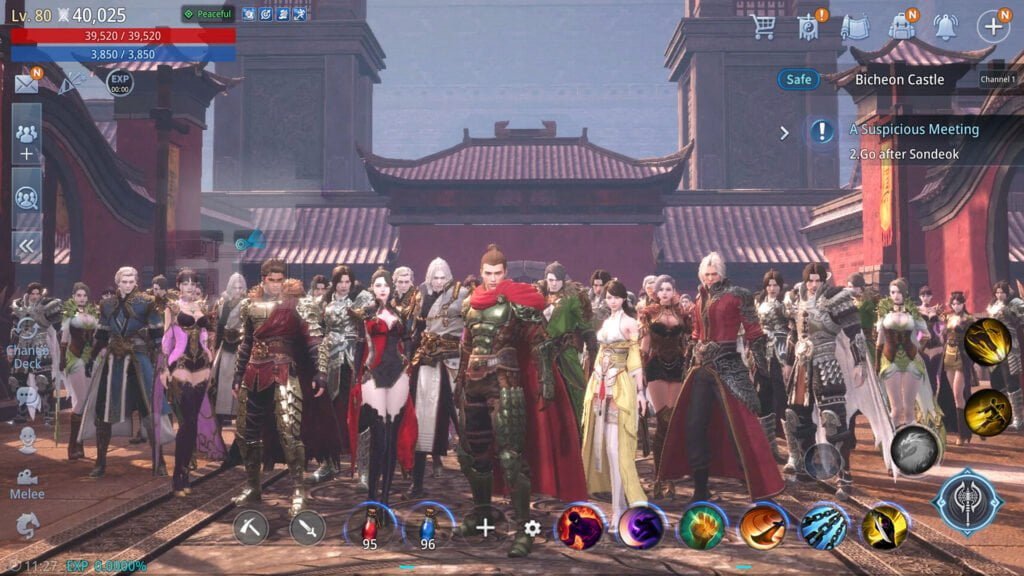The first generation of games based on blockchain technology got the term “play-to-earn” as an adjective, as it focused on the possibility of players receiving real money. This ended up alienating many gamers who didn’t want profit-oriented games, as they thought it would get in the way of having fun. With the growth and popularization of this market, play-to-earn has evolved, and currently seeks a balance between fun and finances, giving the player the freedom to choose which part to focus on.
Play-to-earn games are a category of blockchain games that allow you to earn cryptocurrencies or sell items for them, which can later be sold for fiat currencies. “Playing to earn money” basically summarizes well the initial concept of these games.
The first play-to-earn game was CryptoKitties, released in 2017 by Canadian studio Dapper Labs. Developed on the Ethereum platform, the game is based on collecting unique cats, with several characteristics to differentiate them, including colors, fur, clothes, accessories, and even wings and horns in some. Cats have different levels of rarity and can reproduce, passing their genetic traits to the new cat generated.

Each cat is represented by an NFT, a unique, unrepeatable and immutable record on the network that attests to the authenticity of the collectible and allows its owner to do whatever they want with it, such as trading it or selling it to earn money. CryptoKitties was so popular upon launch that it congested the Ethereum network in December 2017, causing it to reach a peak in the number of transactions. In May 2018, a CryptoKitty was sold for a record amount of US$ 140,000, and by the end of that year, 3.2 million transactions had already been made in the game, with more than 1 million cats created.
Read more about NFTs:
- What are the so-called NFT games?
- Discover 15 NFT Games For Android
- What is an NFT platform? Find out the biggest ones
Reinventing Itself: From Play-to-Earn to Play-and-Earn
The play-to-earn model reached its peak during the coronavirus pandemic, when due to isolation, there was great demand for forms of entertainment and digital investment. However, as already mentioned, there was still resistance from a large part of the game industry and players due to the idea that these games would have “making money” as their only reason they exist.
This is noticeable in actions like Valve’s in 2021, when the company made the decision to ban from Steam, the largest digital computer game platform, all games that used the blockchain. Valve CEO Gabe Newell said in a later interview that he believed in the technology’s legitimacy, but that at the time there were many bad actors using it.
All of this showed that play-to-earn games needed to reinvent their ways to distance themselves from what many saw as more complex Ponzi schemes. It was with this that the industry started to adopt a new mentality, that the fun should be as important as the possibility of investment, leaving to the players the choice of what would be their focus. With that, the term “play-and-earn” appeared, playing and earning money, putting the two actions on an equal footing, in place of the previous term that indicated a required relationship between them.
With that, the gaming industry began to accept this type of games more, with several giant companies entering this universe. The best examples are Ubisoft, which in December 2021 began to integrate the Tezos cryptocurrency into its game Tom Clancy’s Ghost Recon Breakpoint, and Square Enix, which in May 2022 sold several of its western franchises, including Tomb Raider, with the announcement that it would use the proceeds to invest in the blockchain and that it would already be developing a game built around NFTs called Symbiogenesis. Additionally, Square announced in a November 2022 investor report that blockchain technology would be critical to its growth.

Besides companies, several well-known and respected names in the gaming industry have entered the world of play-to-earn games. Will Wright, creator of the SimCity and The Sims franchises, announced in 2022 a game called VoxVerse that will include NFTs in the form of places that players will be able to create and share with each other to explore and interact. The game will be released by Gala Games, and already has great partnerships including the television channel AMC, and its series The Walking Dead.

Peter Molyneux, creator of the Fable franchise and the Black & White series, also announced an Ethereum-based game called Legacy with his studio 22cans. The game will have its own cryptocurrency, LegacyCoin, and there was an NFT pre-sale of in-game items that reached $53 million in less than a week.

And after all, what’s the best play-to-earn?
As we have already mentioned, play-to-earn games have become more concerned with gameplay, and like traditional games, they are presented in a huge diversity of genres, such as the MMORPG Mir4, the Battle Royale Light Nite and the TCG Gods Unchained. Therefore, it is difficult to say that there is only one that is the best, and it all depends on your preferences, on what the player is looking for.

Play-to-earn and play-and-earn games always include the familiar NFTs. Therefore, we recommend reading our article about it, including a list of 12 of the most popular ones: What are the so-called NFT games?
Anyway, the market for play-to-earn games is only growing, and we should see increasingly interesting new games being released in this model. Of course, there is still some resistance, but as games evolve and bring more innovations, more people will become adopters.
Translation by Laura Bonci






